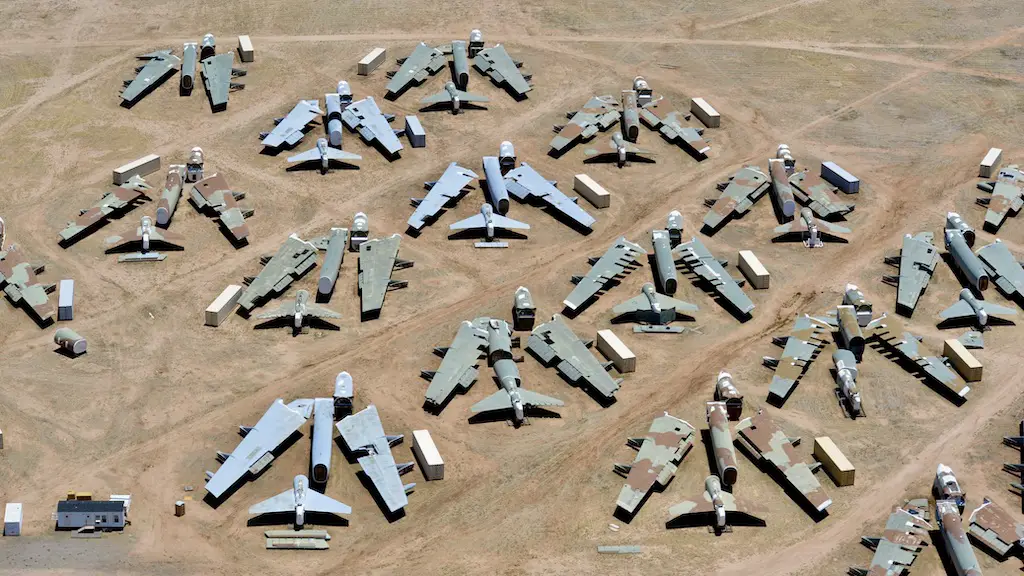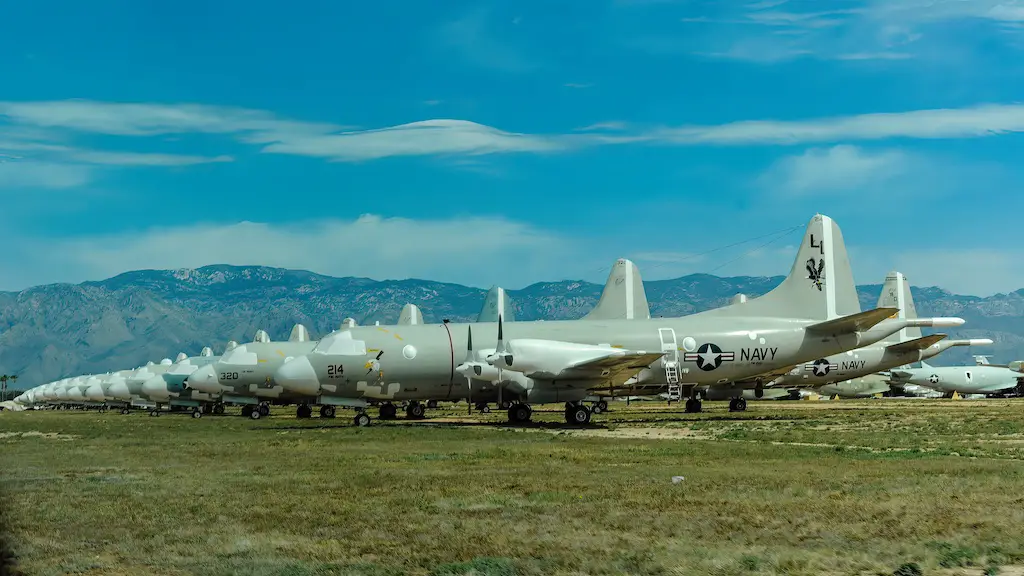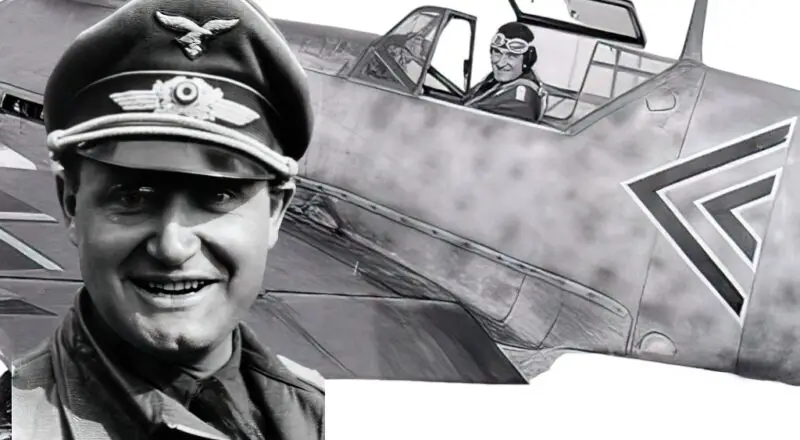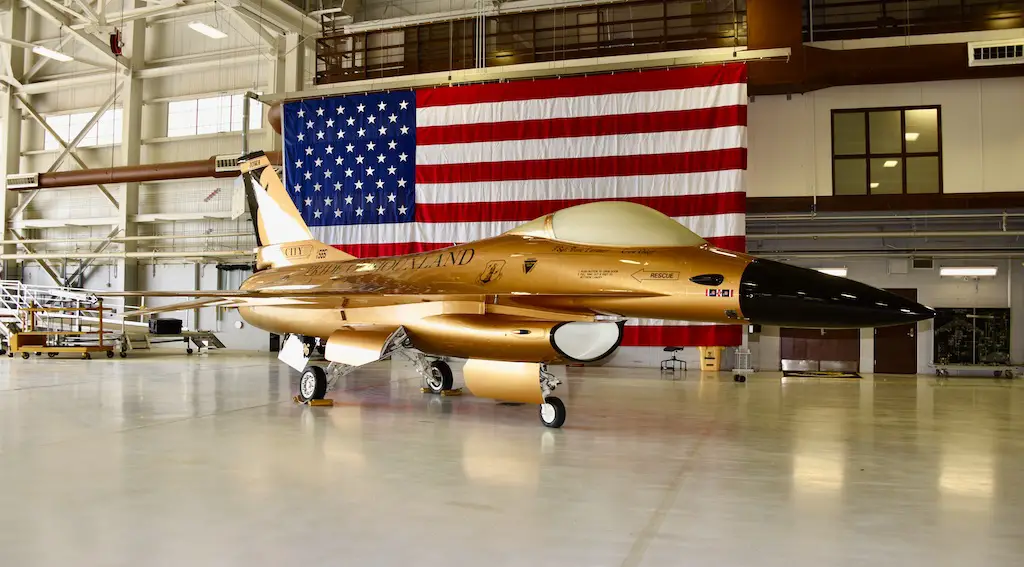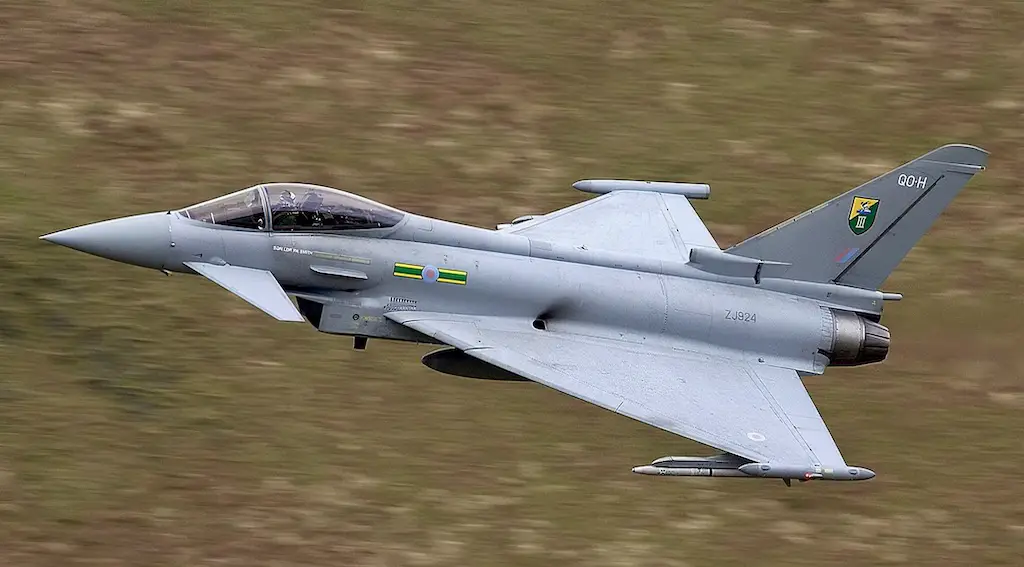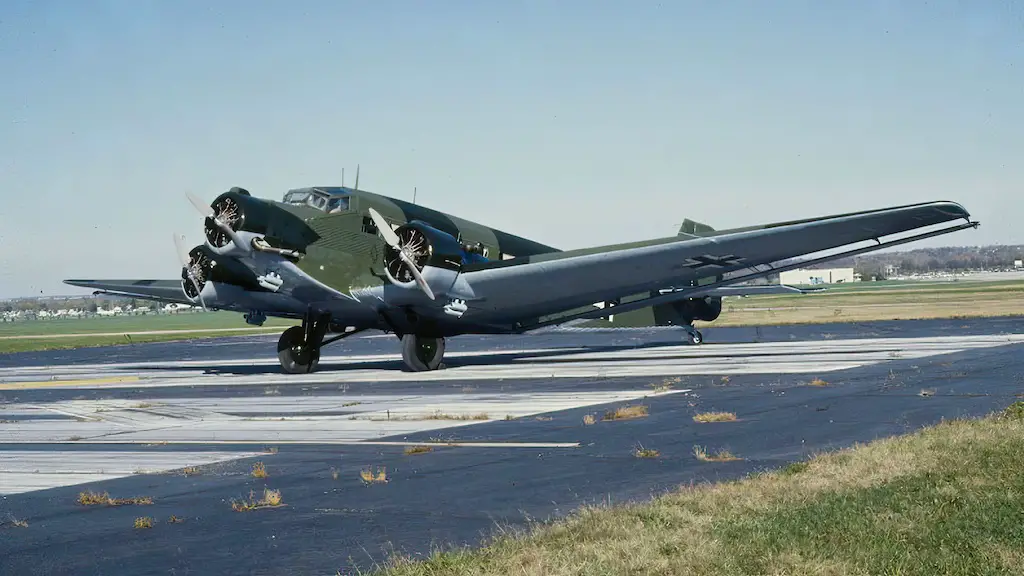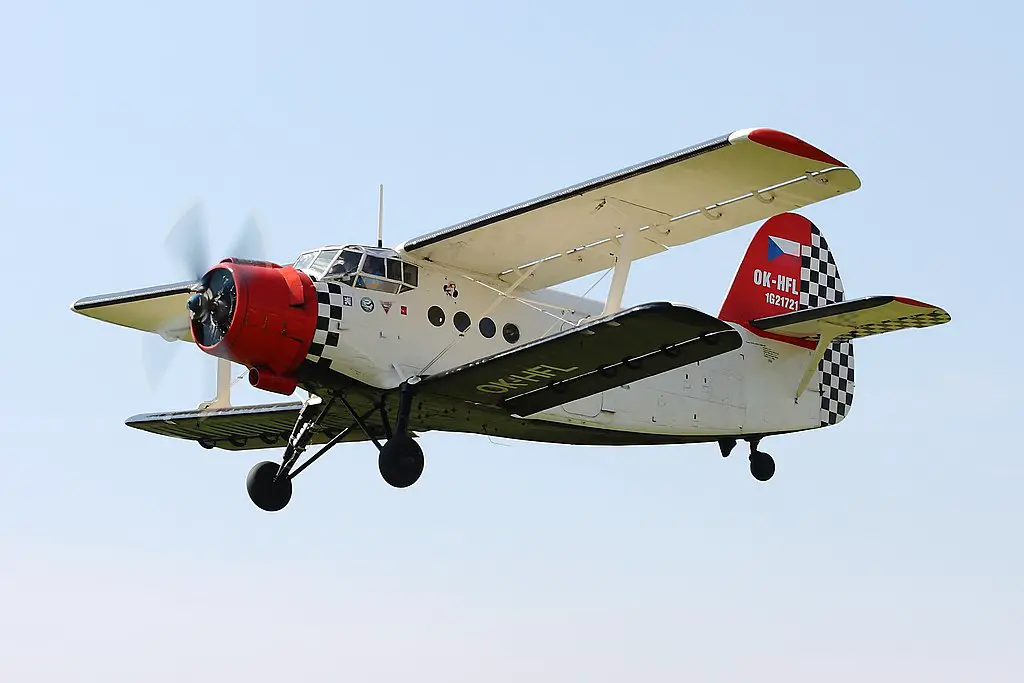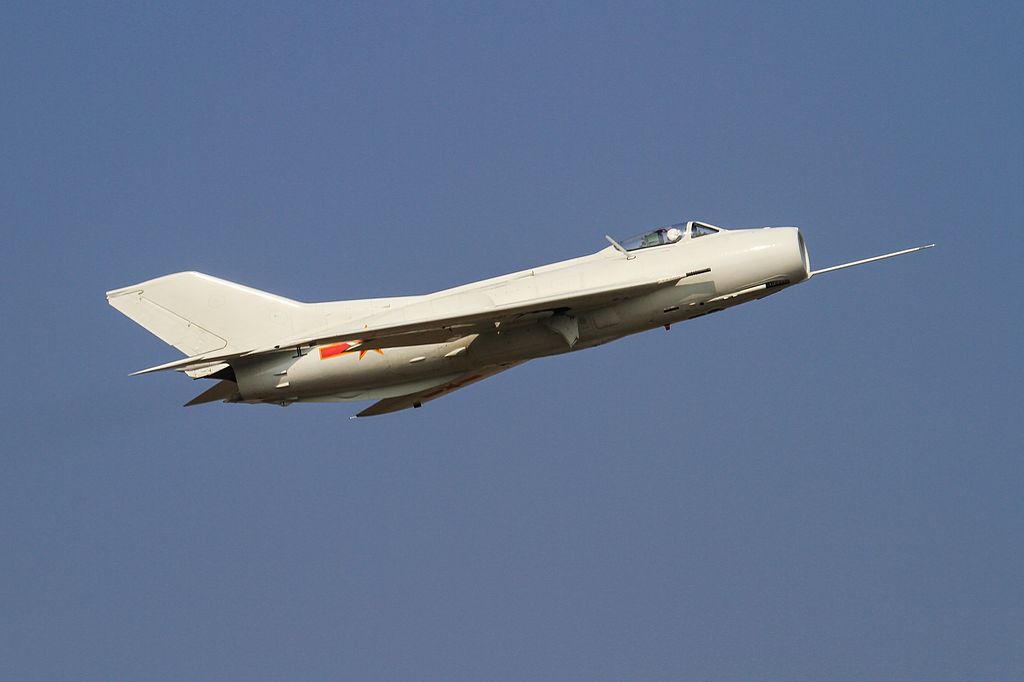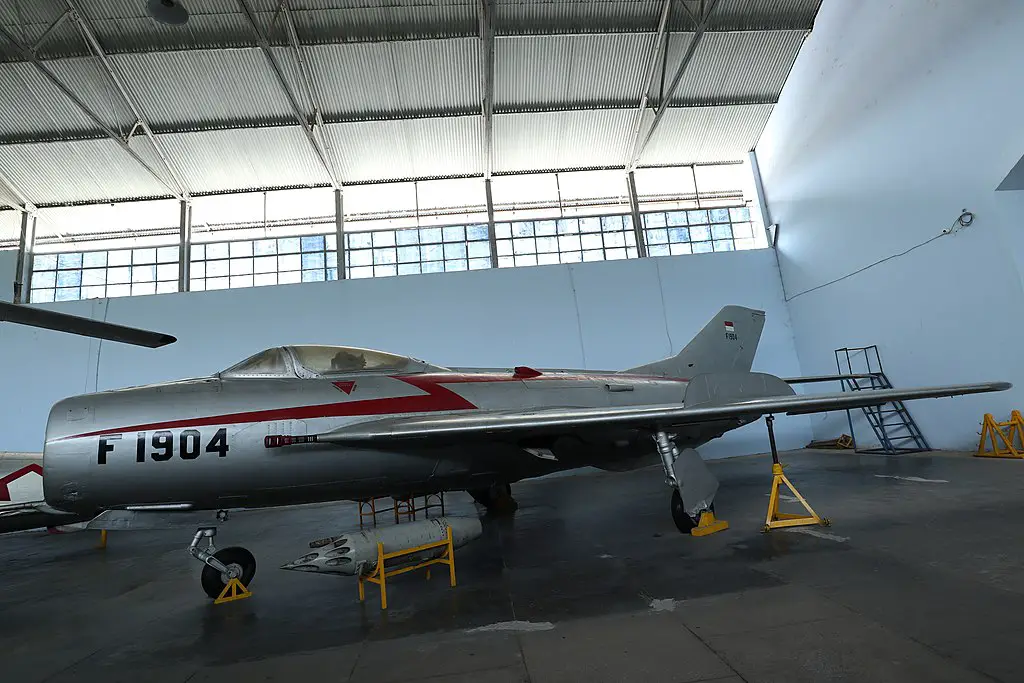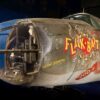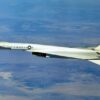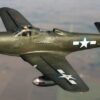Without doubt unmanned aerials vehicles (UAVs), or drones, are among the key game changing warfare technologies of the last few decades. They already have immensely influenced combat tactics and continue revolutionizing contemporary battlefield. Nowadays soldiers use all sorts of drones for a variety of missions: from sneaky fist-sized reconnaissance mini drones tailored for urban warfare to huge strike UAVs carrying payloads comparable to those of a manned attack aircraft.
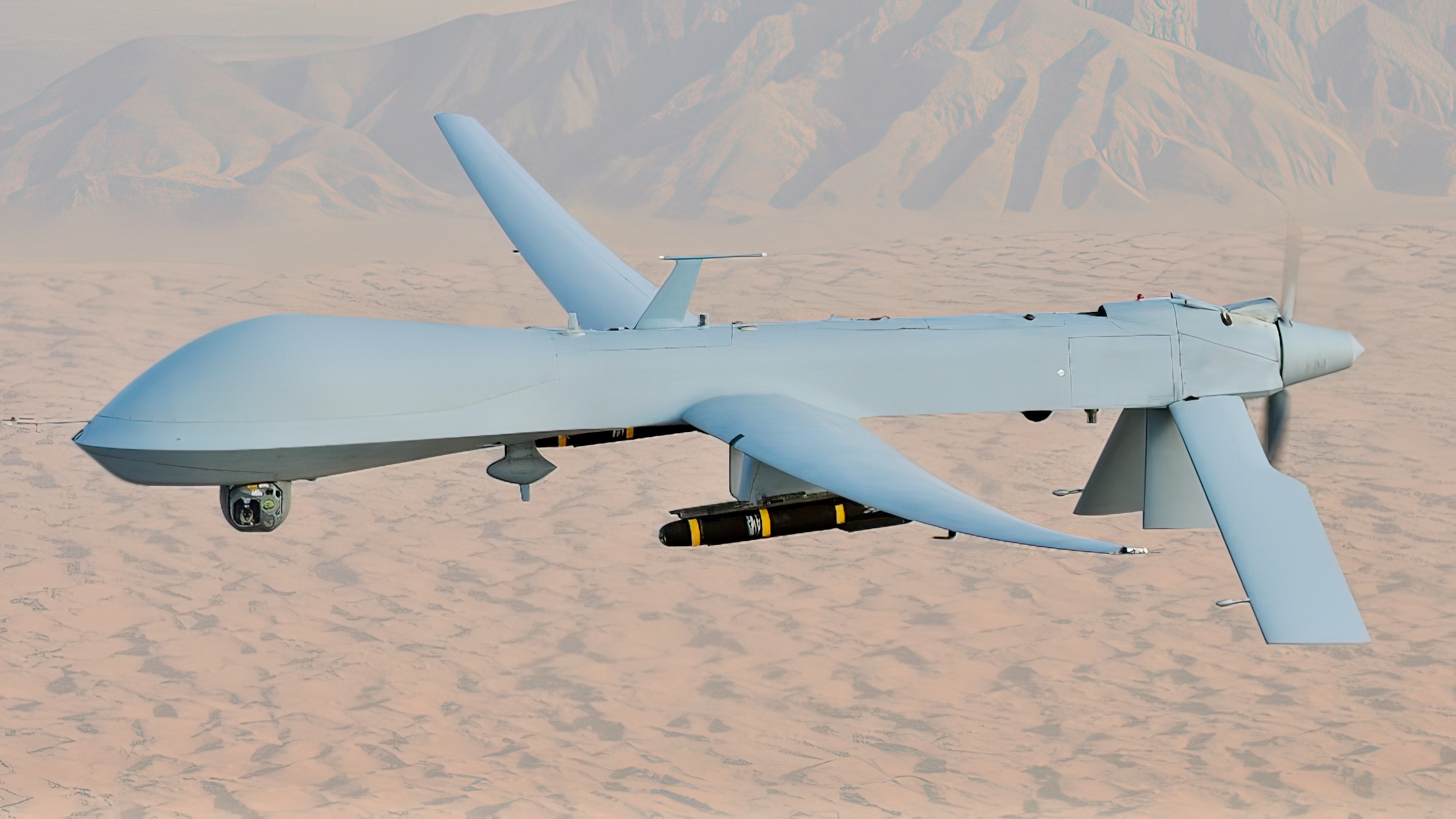
Along with all these specially designed cutting edge UAVs, there are drones converted from retired crewed aircraft. Such unmanned planes have been used for target practice for decades. But they also have a huge potential for combat deployment. And the US could create whole fleets of them.

Recent conversion examples
The 2020 war between Armenia and Azerbaijan in Karabakh showed just how decisive the use of drones may be. Azerbaijan wielded a larger and more efficient fleet of UAVs in this war, and that, beyond doubt, was one of the key factors of its victory. Along with modern UAVs manufactured as such, Azerbaijan employed drones converted from old Soviet Antonov An-2 biplanes. These were used as baits for Armenian air defenses — once they revealed their positions by firing at the decoys, Azerbaijani strike drones kicked in and destroyed them.
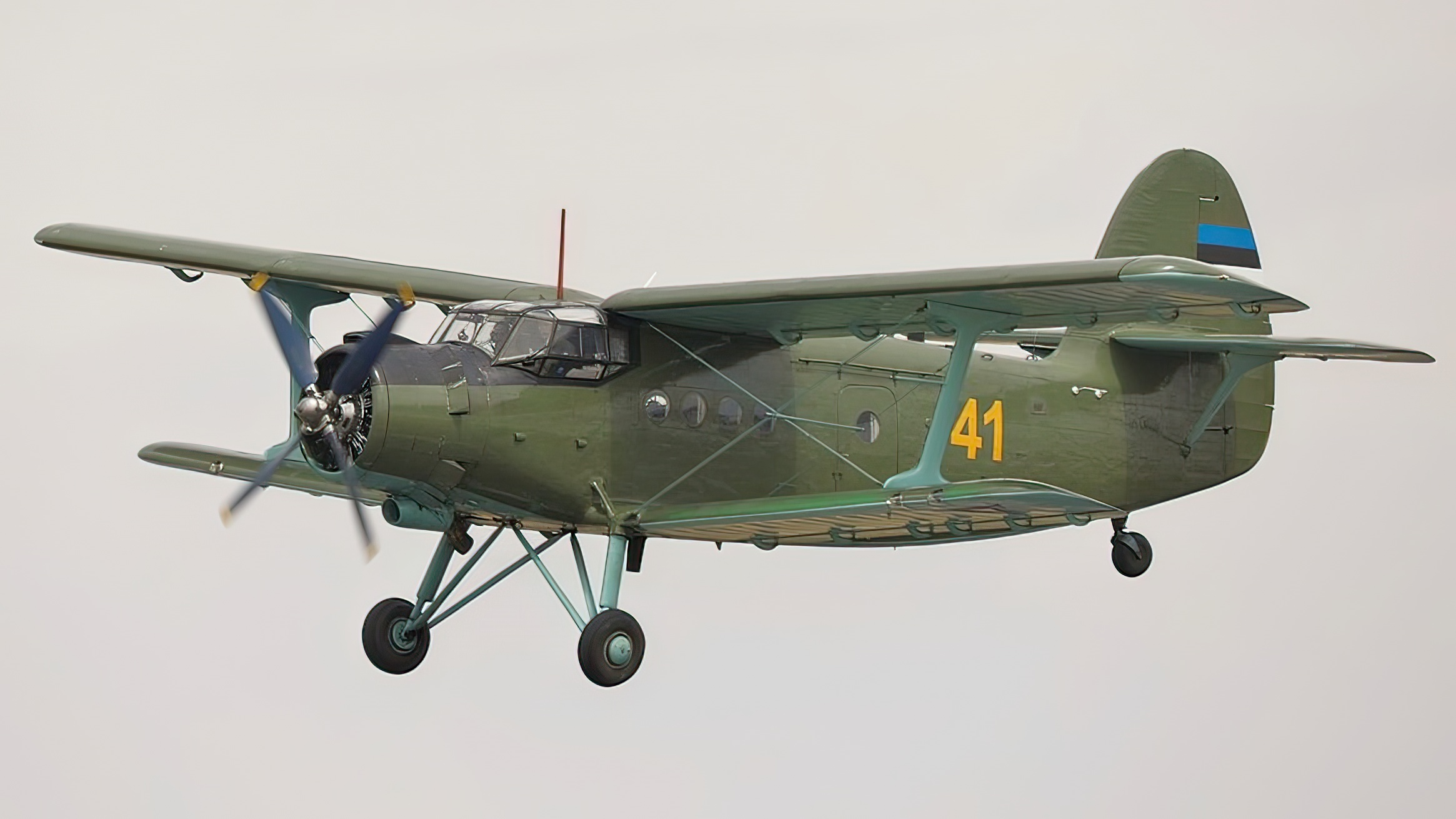
There have also been indications of Russia’s possible employment of converted An-2 drones for similar purposes in the ongoing war in Ukraine. Generally, Russia’s track record of drone use in this conflict has been rather poor, though.
China has also recently moved to convert some of its J-6 fleet into drones. J-6 is essentially the Chinese copy of Cold War era Soviet MiG-19 fighter.
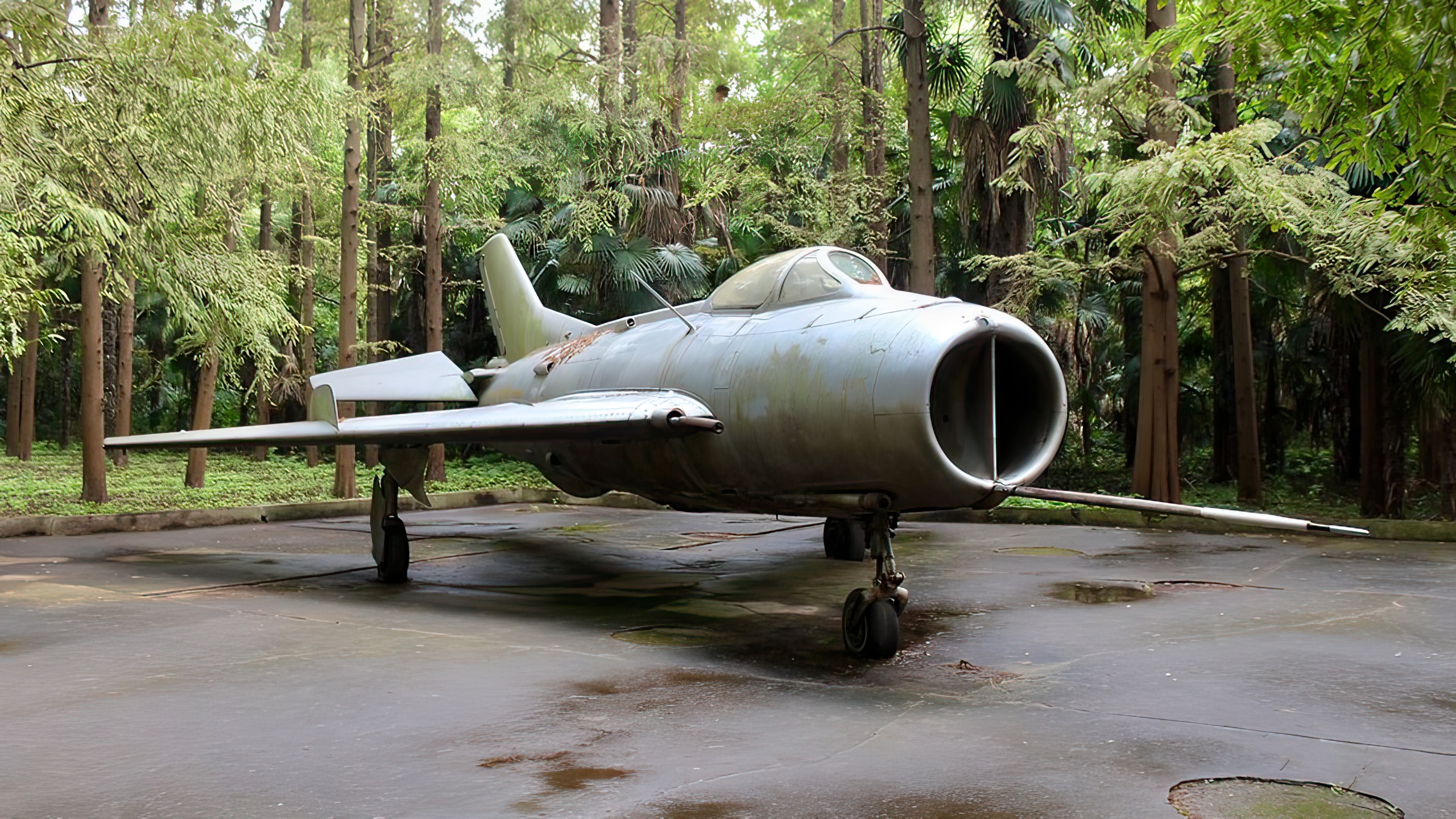
Creating a zombie aircraft strike force
War analyst Zachary Kallenborn has suggested in a recent piece titled “Necro-Aeronautics: Raising Undead Aircraft For War” to take a step further and weaponize US stocks of retired aircraft big time. In his view, converted retirees may be capable of fulfilling a broad range of tasks, including overwhelming air defenses, carrying out kamikaze assaults, and even completing multiple strike missions.
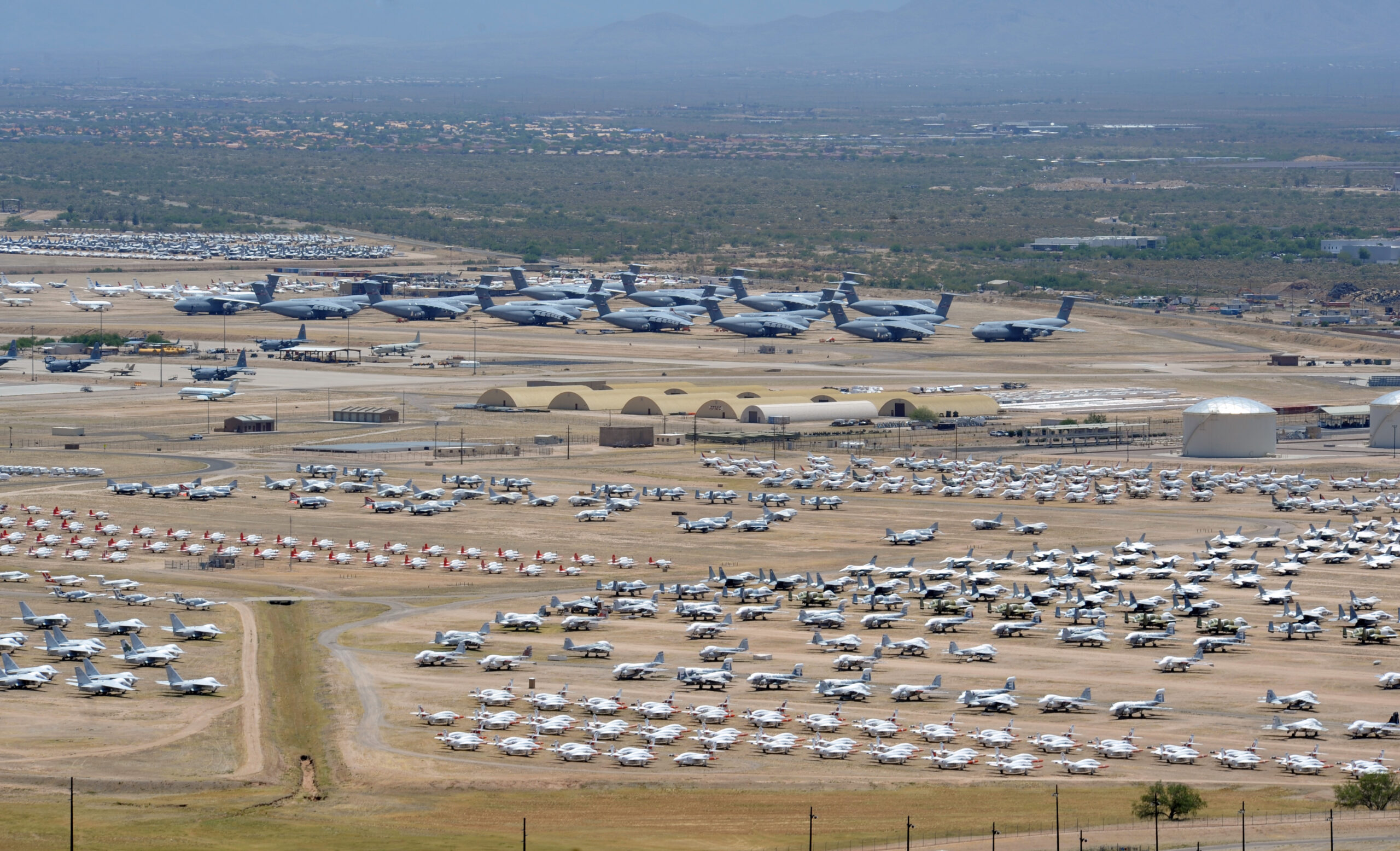
For that purpose, Kallenborn proposes arming some of them with missile, guns, and bombs. Among the advantages of large previously-manned aircraft converted into drones are their significant flight range and large payloads. That is, they could be instrumental in performing strikes on major targets deep in the enemy rear. Some of the resurrected aircraft could be even used in swarms, just like modern small drones.
How many aircraft are there to raise from the dead?
Kallenborn points out that military and civil aircraft graveyards of the US and its allies have a huge potential. In particular, the world’s largest aircraft graveyard in Tucson, Arizona, hosts some 4,200 airframes. While some of those planes have been given less care and attention and are now good only for the scrapyard, others have been carefully mothballed and either remain or can be quickly made flightworthy. Thus, hundreds of currently idle aircraft could, if need be, swiftly and cheaply turned into a serious strike force.
